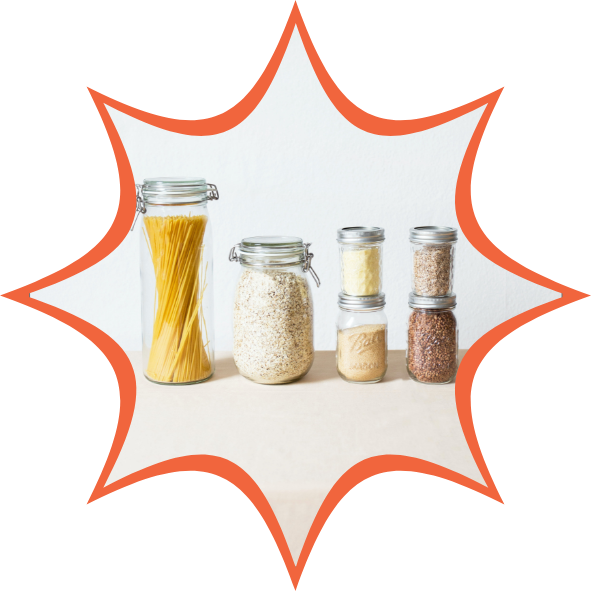How I started going plastic-free
It's time to dispose of throw-away culture | By Lorna King

If you want to cut out plastic from your life, you have to start by admitting that there are many plastics we can’t live without. A plastic-free lifestyle doesn’t mean you need to rewire your house or say no to medicine because of how it’s administered. Until technology advances, we have to accept some things are here to stay.
Nevertheless, there is plenty of plastic we can live without, starting with single-use products. Single-use plastics, with their short lifespans and overly-specific purposes, reflect a wider set of economic issues brought about by rampant consumerism and throwaway culture. We take, we make, we use, we lose. On worldwide repeat, this mentality has enormous environmental ramifications.
Plastic is an especially damaging pollutant, yet due to its versatility we find it used prolifically and then disposed of flippantly everywhere. Something we use for a matter of mere minutes can pollute our planet for generations. This needs to change.
So what can the average person really do about it? True, the onus to regulate plastic falls on governments, businesses and manufacturers, however it is entirely within our personal power to reduce our individual footprints as well. By adjusting our consumer habits little-by-little, we can positively impact the environment without the need for any dramatic disruption.
So, if you’re looking to go plastic-free, here’s my advice to help you get the ball rolling.
1. Find out what plastic you do use.
It sounds gross, but just look in your bin!
When I did this, I found my plastic waste came primarily from food packaging along with bathroom products and the occasional objects I bought thinking they were investments, only to find they had the lifespan of an adult mayfly (flip-flops or cheap headphones). I had been using so much plastic without fully realising it! It taught me a lot about my consumer behaviour and it showed me exactly where to begin cutting stuff out.

(Image: UN Environment, Facebook)
2. Look for the alternatives.
After establishing I had a plastic problem, it was time to reorientate my routines. In my search for ways to ditch the nasty stuff, I found the waste hierarchy really useful in my early days of “plastic-free”:
For instance, what things can you avoid using? Where can you replace plastic with sustainable materials? And, if and when you do use plastic, how much can you reuse it and can you dispose of it responsibly?
Asking myself these questions when shopping helped me phase out plastic and establish a new approach to what I needed and where was best to buy it.
The key is conscious consumption. Take control of your consumer habits by thinking about what things you buy, and what things you really need.
3. Do what works for you.
I started cutting back on plastic two years ago, first with black plastic that my local recycling wouldn’t take, second with one or two things that I found easy replacements for (like bags, straws, coffee cups), until finally I felt ready to say no to single-use altogether.
Don’t compare yourself with others who have been doing this for years. Meaningful change takes place at a different paces for every individual. If that means starting small, that’s fine.
This article is an abridged version of "How I Began to Live Without Plastic" by Lorna King (@lornatmking), republished with permission from her blog Enough of this Trash.
Photo by Laura Mitulla on Unsplash

